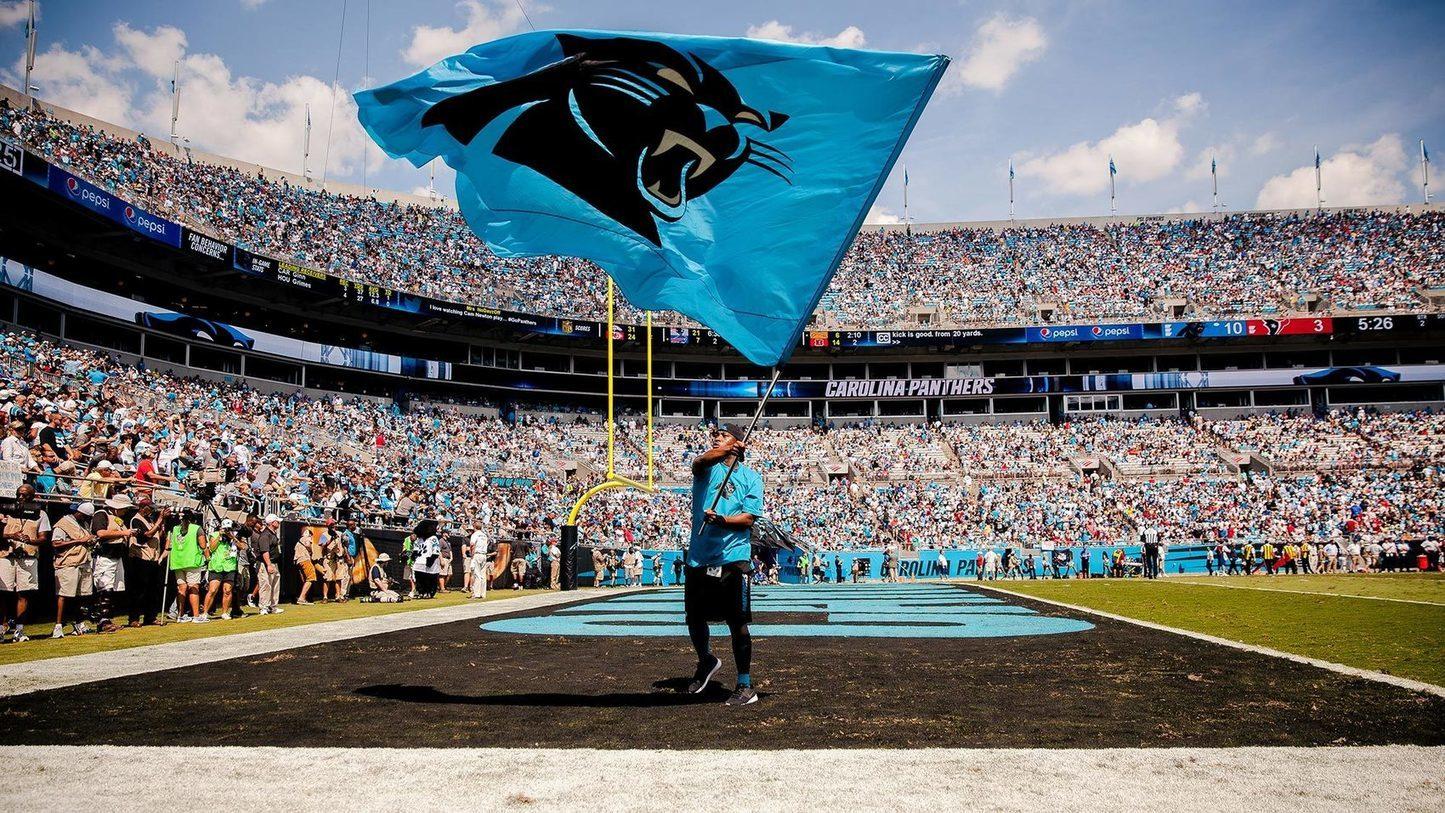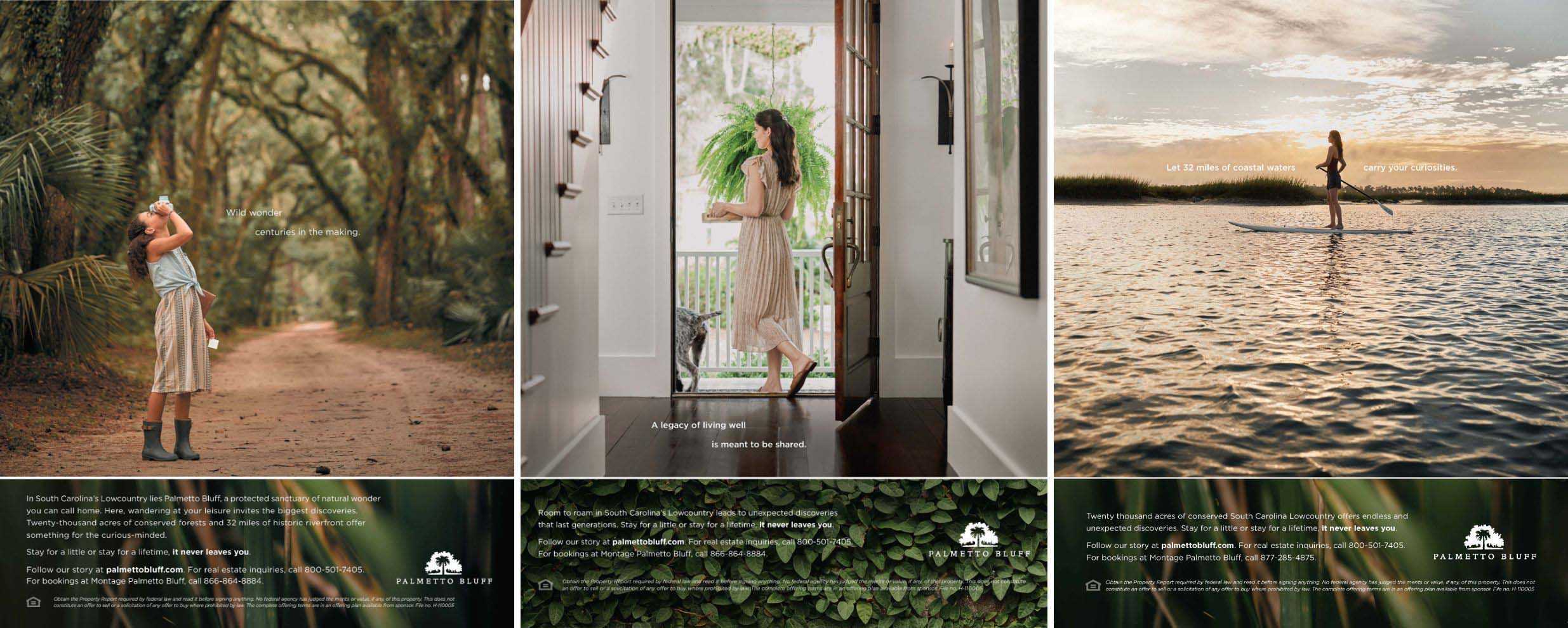Creative
Brand Strategy

Written By
Matt Wadley
Content Marketing Associate Director
When you think about great marketing, what sets it apart from the competition? An eloquent voiceover or pithy slogan? Do the visuals capture both the eye and the imagination? Or is it the flawless integration of all elements that helps the audience connect so deeply to the campaign that they can’t help but want to know more?
However you answer these questions, one thing is for certain: Without the right strategic foundation to inform the creative execution, the campaign’s intended audience may be unclear. And if that’s the case, even the most poetic prose and prettiest pictures won’t mean much.
That’s where marketing research plays a crucial role in helping shape a marketing strategy. It supplies valuable data and insights about the audience’s preferences, needs, behaviors and attitudes as they relate to a product, brand or destination. From there, the Creative team has the right context to create an emotional connection that feels authentic and grabs people’s attention.
To get a better understanding of how these two unique yet intrinsically connected marketing disciplines work together at Wray Ward, I sat down for a conversation with Leslie Gillock, insights and brand strategy executive director, and John Roberts, chief creative officer. Much of what we discussed applies holistically to what we do here at Wray Ward, but for the purpose of this blog, we focused on the destinations and hospitality space.
Here are some highlights.
How does research help the creative execution hit the mark?
Leslie: No matter the category, it’s always important to consider the foundational components. In the destination space, these factors are really important in connecting people to what’s magical about the place.
For destination marketing organizations and travel brands, a strong strategic foundation starts with:
Understanding the audience’s needs, desires, mindsets and interests
Understanding the demographics — age, life stage and family makeup — as they relate to the motivations for a particular trip
Understanding cost and distance as entry factors
This type of exploration can help you get to know your target audience and better communicate your functional offerings as well as what people organically love about them. Find that match and you’ve got your ideal customer or visitor. You know their motivations and how to speak to them.
These considerations really help the Creative team craft and tell the story, thereby connecting the audience to a brand by understanding and speaking to their unique motivations and needs.
John: Whatever the destination is that we are marketing, digging into its DNA and understanding its core essence — and what it wants to be if it’s going in a new or different direction — is an important part of the job. When your research and insights do that well, the Creative team is empowered to identify the special things about the place and communicate them in a really rich way.





